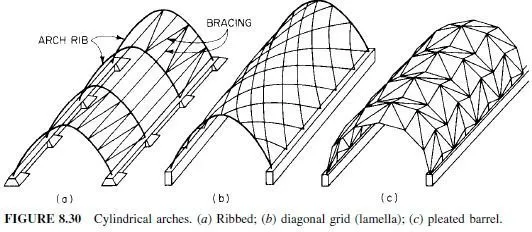Standard specifications are consensus documents sponsored by professional or trade associations to protect the public and to avoid, as much as possible, misuse of a product or method and thus promote the responsible use of the product. Examples of such specifications are the American Institute of Steel Construction (AISC) allowable stress design (ASD) and load and resistance factor design (LRFD) specifications; the American Iron and Steel Institutes (AISIs) Specification for the Design of Cold-Formed Steel Structural Members, the Steel Joist Institutes Standard Specifications Load Tables and Weight Tables for Steel Joists and Joist Girders, and the American Welding Societys (AWSs) Structural Welding Code Steel (AWS D1.1).
Another important class of standard specifications defines acceptable standards of quality of building materials, standard methods of testing, and required workmanship in fabrication and erection. Many of these widely used specifications are developed by ASTM. As need arises, ASTM specifications are revised to incorporate the latest technological advances. The complete ASTM designation for a specification includes the year in which the latest revision was approved. For example, A588/A588M-97 refers to specification A588, adopted in 1997.
The M indicates that it includes alternative metric units.
In addition to standards for product design and building materials, there are standard specifications for minimum design loads, e.g., Minimum Design Loads for Buildings and Other Structures (ASCE 7-95), American Society of Civil Engineers, and Low-Rise Building Systems Manual, Metal Building Manufacturers Association.
It is advisable to use the latest editions of standards, recommended practices, and building codes.



